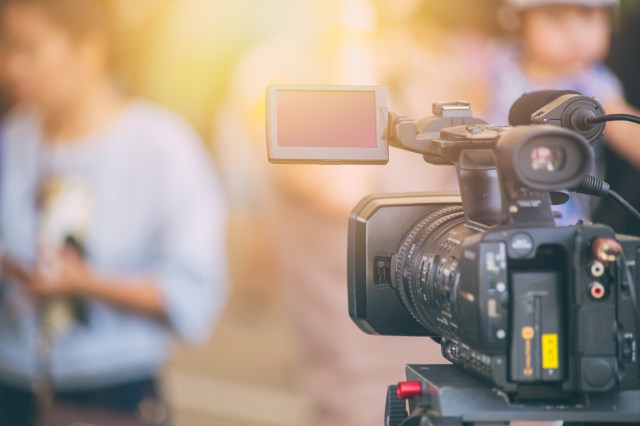
In the dynamic world of the film industry, casting decisions play a pivotal role in shaping the success and impact of a movie. While many casting choices are met with enthusiasm and applause, there are certain decisions that stir controversy and leave an indelible mark on the industry. These controversial casting decisions have not only shaken the film industry but also challenged traditional notions of representation, diversity, and artistic freedom.
Challenging Established Norms
Bold casting choices have often been made to challenge established norms within the film industry. In recent years, we have witnessed a surge in diverse casting decisions that defy conventional expectations. For instance, when British actor Daniel Kaluuya was cast as an American revolutionary leader in “Judas and the Black Messiah,” it sparked conversations about authenticity and representation. Despite initial skepticism, Kaluuya’s powerful performance garnered critical acclaim and highlighted the need for more inclusive casting practices.
Furthermore, controversial casting decisions can also serve as a catalyst for much-needed dialogue about race, gender, and cultural appropriation within the film industry. When Scarlett Johansson was cast as Major Motoko Kusanagi in “Ghost in the Shell,” a Japanese manga adaptation, it ignited a fierce debate about whitewashing in Hollywood. The controversy surrounding this decision shed light on long-standing issues of underrepresentation for Asian actors in major film productions.
Pushing Boundaries through Non-Traditional Casting
Controversial casting choices often push boundaries by challenging preconceived notions about character adaptations. One example that shook the film industry was Heath Ledger’s portrayal of Joker in Christopher Nolan’s “The Dark Knight.” Ledger’s unconventional take on this iconic villain defied expectations and forever changed our perception of what a comic book character could be. His mesmerizing performance earned him posthumous accolades and solidified his place as one of cinema’s most legendary actors.
Similarly, Tilda Swinton’s casting as the Ancient One in Marvel’s “Doctor Strange” raised eyebrows and sparked a conversation about gender and race swapping. By choosing Swinton, a white actress, to portray a character traditionally depicted as an Asian male, the film challenged traditional casting conventions. While the decision received criticism for perpetuating Hollywood’s history of whitewashing, it also opened up discussions about the importance of reimagining characters in ways that defy stereotypes.
Revitalizing Classic Characters
Controversial casting choices can breathe new life into classic characters by offering fresh perspectives and interpretations. When Michael B. Jordan was cast as Johnny Storm, also known as the Human Torch, in “Fantastic Four,” it generated considerable buzz within the industry. Jordan’s portrayal showcased a previously unexplored side of the character and injected much-needed diversity into a predominantly white superhero team.
Similarly, when Gal Gadot was cast as Wonder Woman in DC Extended Universe’s films, it drew both praise and criticism. Some argued that Gadot brought a new level of strength and empowerment to the character, while others questioned her ability to embody such an iconic role. Nevertheless, her performance resonated with audiences worldwide and solidified Wonder Woman as a symbol of female empowerment.
The Impact on Audiences and Industry
Controversial casting decisions have far-reaching effects on both audiences and the film industry itself. They generate buzz that can drive ticket sales and elevate public interest in movies that might otherwise go unnoticed. By challenging established norms and perceptions through bold casting choices, filmmakers have the power to spark conversations about representation, diversity, and artistic integrity.
Moreover, these controversies often lead to increased scrutiny of Hollywood’s casting practices. They prompt studios to reevaluate their decision-making processes and consider more inclusive approaches when selecting actors for key roles. As audience expectations evolve and demand for diverse representation grows stronger than ever, the film industry must adapt to meet these changing needs.
In conclusion, controversial casting decisions have the power to shake the film industry by challenging established norms, pushing boundaries, revitalizing classic characters, and sparking important conversations. While they may initially face resistance and controversy, these audacious choices often lead to groundbreaking performances and a more inclusive and diverse cinematic landscape. The influence of bold casting choices cannot be underestimated as they shape not only individual films but also the broader cultural discourse surrounding representation in cinema.
This text was generated using a large language model, and select text has been reviewed and moderated for purposes such as readability.






